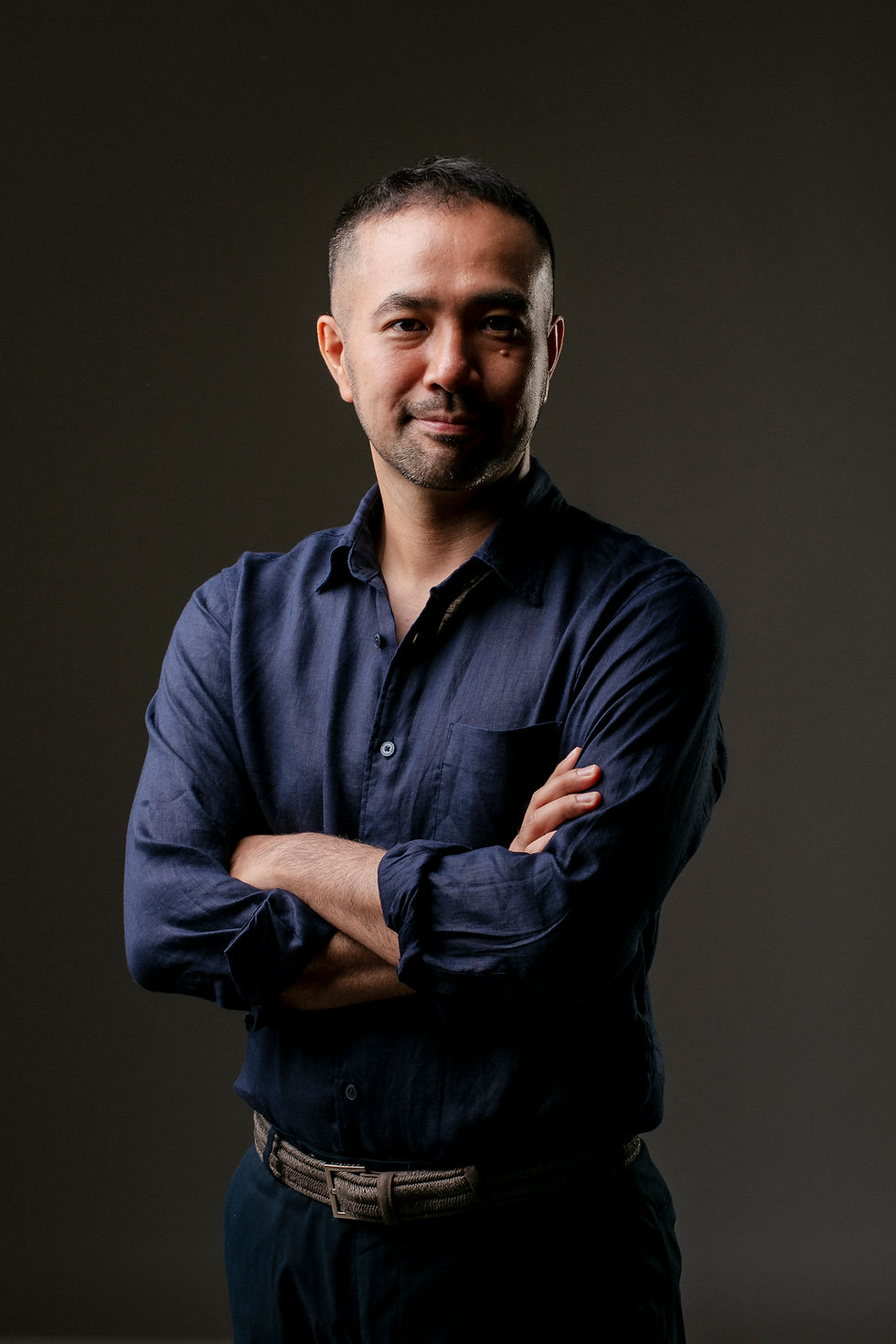KAGOSHIMA'S FINEST TEA
Established in 1945, our partner Ikeda Seicha has long been a key player in Kagoshima’s thriving tea industry.
In 2024, the prefecture made headlines by surpassing the historically dominant Shizuoka to become Japan’s top producer of raw tea, with an impressive output of 27,000 tons. Already the nation's leading source of organic green tea, accounting for over 45% of total production, Kagoshima’s momentum continues to grow.
Ikeda Seicha stands at the forefront of this evolution. Not only is it the leading matcha producer in Kagoshima Prefecture, but also one of the few companies in Japan to operate its own dedicated matcha factory, a rarity that reflects its deep-rooted commitment to quality and craft.


THE IKEDA QUALITY
Kenta Ikeda was practically destined for his role, having entered the world within the very walls of the 70-year-old tea shop owned by his family. He believes it's quite possible that his early exposure to the rich, roasting aromas of tea played a pivotal role in honing his expert nose and palate as he grew up amidst the fragrant ambiance of the shop.
In 2014, Kenta Ikeda became certified as a 10th-grade Chashi (茶師) or tea master. In Japanese culture, this is the highest rank of tea makers, and it is synonymous with the title of a Michelin star chef in the tea industry. As of September 2023 only 23 people around the world have earned the title in history. This honorable distinction reflects the extraordinary breadth and depth of Ikeda’s knowledge and experience which he pours into each product of Ikeda tea.
In addition to his rich familial and professional background in the tea industry, Kenta Ikeda stands as a co-founder of Sencha House, the very embodiment of his lifelong passion and dream to bring the green tea experience to the western continent. Ikeda's vision for Sencha House extends beyond tradition, aiming to redefine the modern tea experience. His expertise, cultivated through years of immersion in the art of tea, coupled with his entrepreneurial spirit, drives Sencha House forward as a beacon of innovation and excellence in the world of tea.
It is our way of working, thinking, and creating.
We believe that essence cannot be explained directly — it must be shaped into something felt. Through design, experience, and language, we give form to cultural values without flattening them. We don’t invent meaning. We reveal it.
To shape essence into language means to understand what is essential, and then express it in a way that resonates — with the time, the context, and the people we serve.
We are not here to replicate tradition. We are here to carry it forward, through translation, not imitation.
At Sencha House, design is not just visual. It is how we think, speak, shape, and invite. Whether in the way a tea is packaged, how a space is arranged, how a word is chosen, or how an experience unfolds — we see design as a form of cultural translation.
We do not replicate Japan abroad. Instead, we reinterpret its values through forms that resonate in the present. From Japanese aesthetics to European visual languages, from timeless rituals to modern formats — everything we create begins with deep listening and ends in intentional expression.
Through this lens, design is not decoration. It is the language through which essence speaks.
We do not recreate tea ceremonies. We craft rituals of presence — shaped by Japanese values, expressed in forms that feel natural to the people and spaces we serve. Whether through events, tastings, or product rituals, we create moments that allow people to feel something more than flavour: connection, intention, calm.
In a world of acceleration, tea offers a language of slowness. And through experience design, we offer ways to hear it again.
We adapt to the contemporary context we are in — whether that means launching through product drops, using modern formats, or speaking in today’s language. But even when our expression shifts, the essence of what we offer never disappears. Somewhere in the interaction — whether it’s in the product, the pace, or the silence — something of the tea’s true nature remains intact. We move forward without leaving the spirit behind.

Shaping essence into language is not an endpoint.
It is an ongoing practice of translation, adaptation, and listening.
As we grow, collaborate, and design, we remain committed to carrying the quiet, powerful voice of Japanese tea into the world.
Not to simplify it. Not to sell it louder. But to help people hear what has always been there.
This is how we shape essence into language.
Shaping Essence into Language
At Sencha House, we believe that certain things carry more than function or form. They carry essence — the depth of origin, intention, and meaning. Japanese tea is one of them. But when it crosses cultures, its meaning often gets lost. Diluted into trend, aestheticized without depth, or explained away in shallow terms. We exist to change that.
NOT ONLY TEA
SENCHA HOUSE
DESIGN
For us, design is more than aesthetics. It is how we think, speak, shape, and invite. Whether it is the way a tea is packaged, a space is arranged, a word is chosen, or an experience unfolds, we approach design as a form of cultural translation. If you are seeking creative direction, consultancy, or a visual identity shaped with intention, we would love to collaborate.


